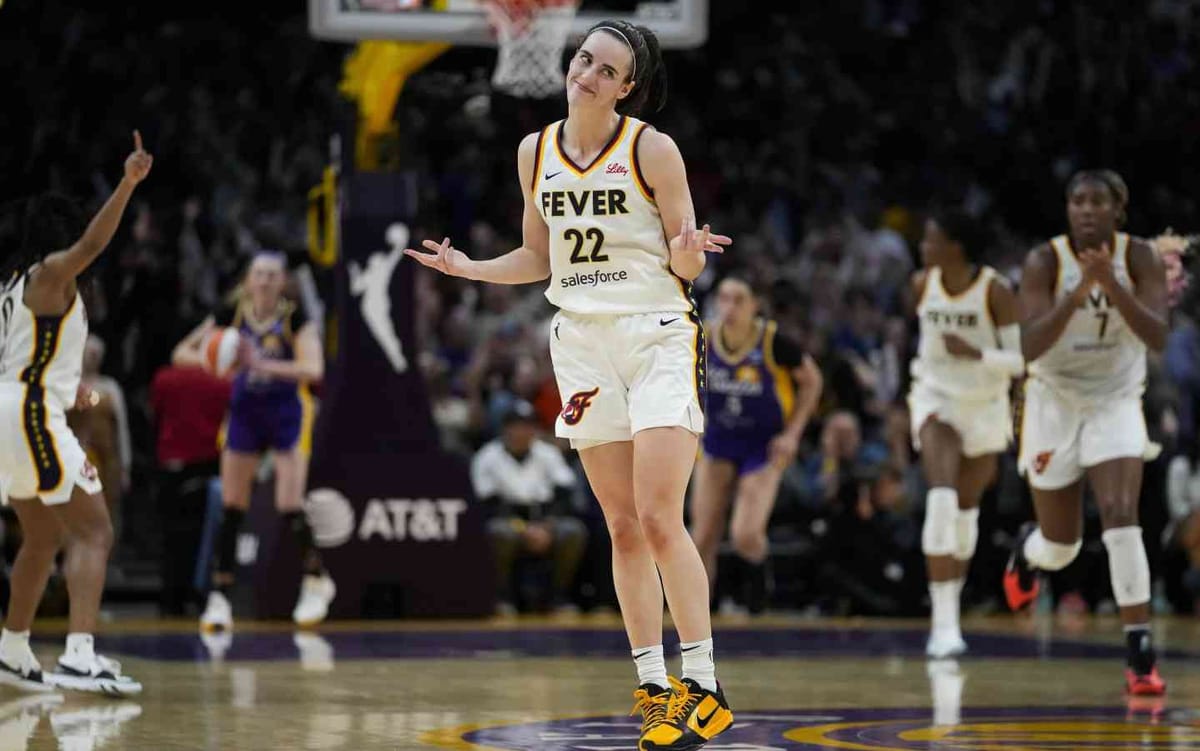Why some WNBA teams are shopping for new homes
Several WNBA teams are moving games to bigger arenas—and it’s not a coincidence they’re playing Caitlin Clark’s Fever. Record crowds, soaring viewership, and media deals are reshaping the league’s growth story in real time.

If you’ve got the Fever, the only prescription is more seating capacity, according to two recent WNBA team announcements.
- The Chicago Sky are moving two home games against Caitlin Clark’s Indiana Fever to the larger United Center (home of the Blackhawks and Bulls) this summer, the team revealed Friday.
- The Washington Mystics on Thursday said they’d be moving four home games – two against the Fever – to arenas that hold more than double the capacity of its 4,200-seat home venue.
The catalyst for these moves…A completely and totally unknown athlete named Caitlin Clark, who, for those who are actually unfamiliar, is kind of good at basketball.
The Sky/Fever matchups last year – featuring Clark facing off against Angel Reese – were among the most-watched games of the season, while the Mystics September 19 game against the Fever drew 20,711 fans, a WNBA attendance record.
The WNBA’s growth curve rn
Women’s professional basketball and Charlie Sheen in his Two and a Half Men-prime both have something in common: they’re #winning.
- Overall WNBA attendance last season was up 44% year-over-year, largely powered by the Caitlin Clark effect.
- The Indiana Fever weren’t the only franchise putting up numbers though: six teams recorded an average attendance of 10,000+/game, something that hadn’t been done since 1998, the league’s second season.
- ESPN said TV audiences for WNBA regular-season games increased 170% over the previous year. Ion said viewership jumped 133% annually to reach a total of 23.7 million viewers, with young girls (ages 2-17) and male (ages 25-54) viewership both increasing 181%.
These eyeballs are starting to translate into $$$. This past July, the WNBA signed an 11-year media rights deal worth $2.2 billion. It marks a 6x increase over the previous agreement – but the deal, which is up for renegotiation after three years, has drawn criticism from the WNBA Players Association, who says it undervalues the league. (The NBA negotiated the arrangement and keeps ~60% of the proceeds; each WNBA franchise will receive ~$421,428/year toward roster compensation, per The Next.)
It’s not just the WNBA: Overall, women’s pro sports and a kid going for maximum air on the playground have something in common – they’re both on an upswing. Attendance is higher almost across the board, while women’s pro sports collectively entered the three-comma club for the first time last year, generating an estimated $1+ billion in revenue.


